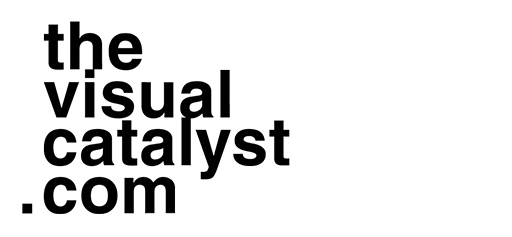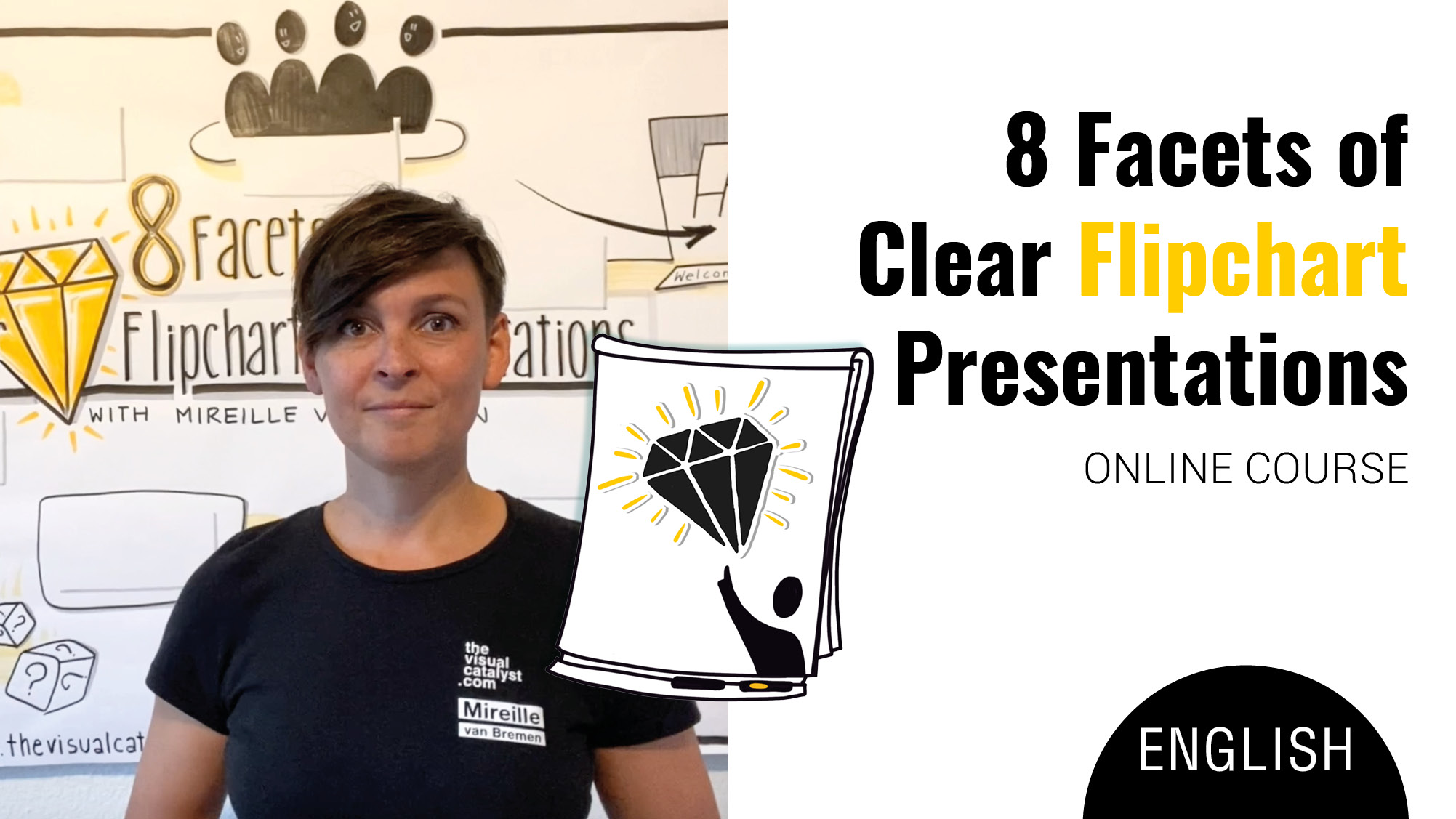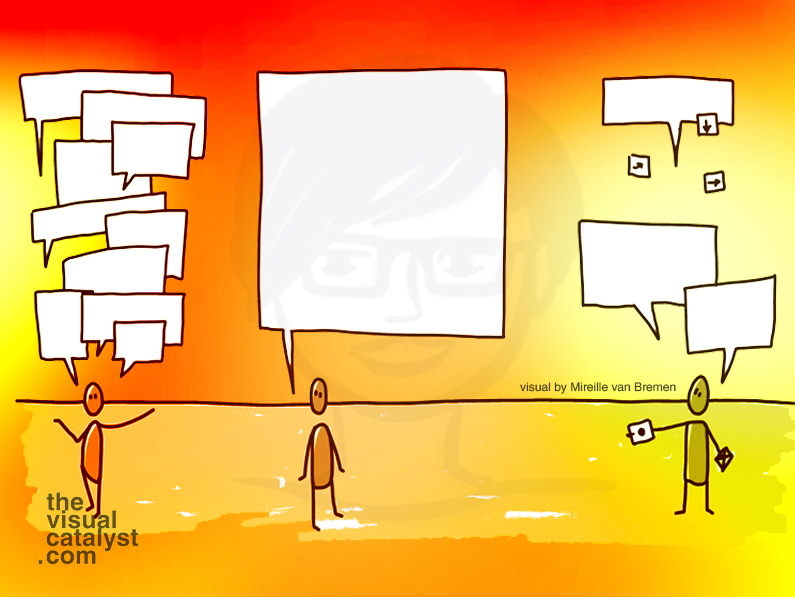
When you run workshops or lead trainings, their is so much to think of, attend to and handle as a facilitator but also as a teacher. If you are working as en entrepreneur, there is even much more to think of because your existential needs might depend on how well your programs fill up, are recommended and how much your participants actually value what they received.
It means you need to have impact in multiple areas if you want to do what you do and continue to do all of that in the future. It is so to say, in your interest to do this work, and in the interest of your audience that you are there to support them develop a new skill, transform relationships, make large life transitions or anything else that your program focuses on. But I am sure, it’s something this world is in need of otherwise you wouldn’t be offering it.
I like for you to have that impact. Simply because I like people to thrive in what they belief and envision.
The following 3 missed opportunities are actually ways you might be reducing your impact. Let’s have a look at some ideas of shifting it to increasing the impact:
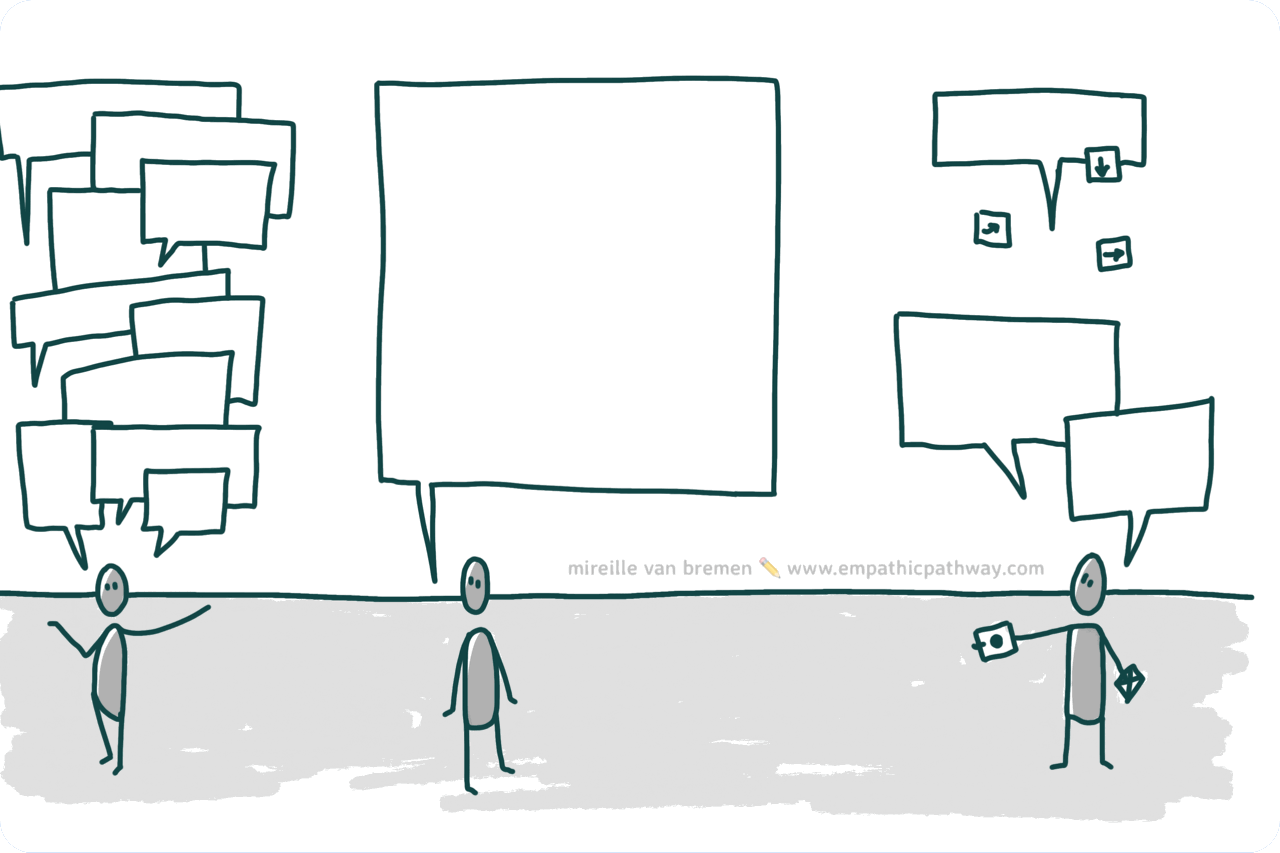
EXCUSE 1 – YOU SPEAK TOO MUCH
TIP
EXCUSE 2 – YOU SPEAK TOO LONG
TIP
If you read this reason fast, it seems the same as the previous one but it’s not. You can speak for two at the start of your training and then spend the rest of the day, have participants learn by experimenting, right? Yet, those two hours are the matter here. Depending on who is in the room and how much of background knowledge they already have, the stretch of two hours of listening might be way too long to be effective. Unless you use active learning strategies, use a lot of humor, tell stories and activate the right brain in others ways, the retention is not going to be very high. Besides these strategies, you can also consider chunking down your contents so you are sure people are and concentrated but also still have energy after listening to you to spend the rest of the day learning.
EXCUSE 3 – YOU COMMUNICATE MOSTLY VERBAL
TIP
Retention is worth a lot when you deliver content. In the tip above I mentioned some strategies that help increase retention, but there is more to it. About 60% of the general population has a preferred visual learning style. And I think (almost) everyone enjoys seeing visuals when they learn. It’s an easy conclusion to make that in your workshop room, there are visual learners. An image can say a thousand words. What can you tell with an image that conveys more than you could say? What can you do to bring in more visual tools to increase retention and reduce verbal communication?
MAIN INSIGHTS
Ask yourself these questions when you design your workshop:
INSIGHT 1 ⚡️ What is the a good ratio of delivering your content, interaction and activities for a particular workshop/training?
INSIGHT 2 ⚡️ How long can my audience concentrate?
INSIGHT 3 ⚡️ How do I deliver the content in chunks?
INSIGHT 4 ⚡️ How might I integrate visual tools and with that, reduce my talking?
Do you want learn how to visually attune yourself to your audience and be more effective with your training programs?
Learn about the 8 facets that help you visually attune your communication & facilitation to the audience in your training!
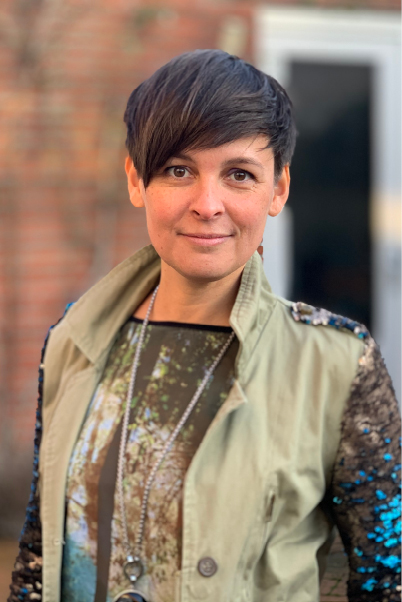
My name is MIREILLE VAN BREMEN
Visual Empathy Trainer and Coach ◉ NVC based Conflict Coach & Mediator ◉ Graphic Recorder, Illustrator, Designer
I help organizations and trainers to be visually attuned to their audience and offer visual expressions of understanding, with the intention to create connection.
Organizations hire me to visually empower their communication strategies.
Trainers and coaches join my visual empathy courses to increase the relevance and efficacy of their Empathic or Nonviolent Communication training programs.
